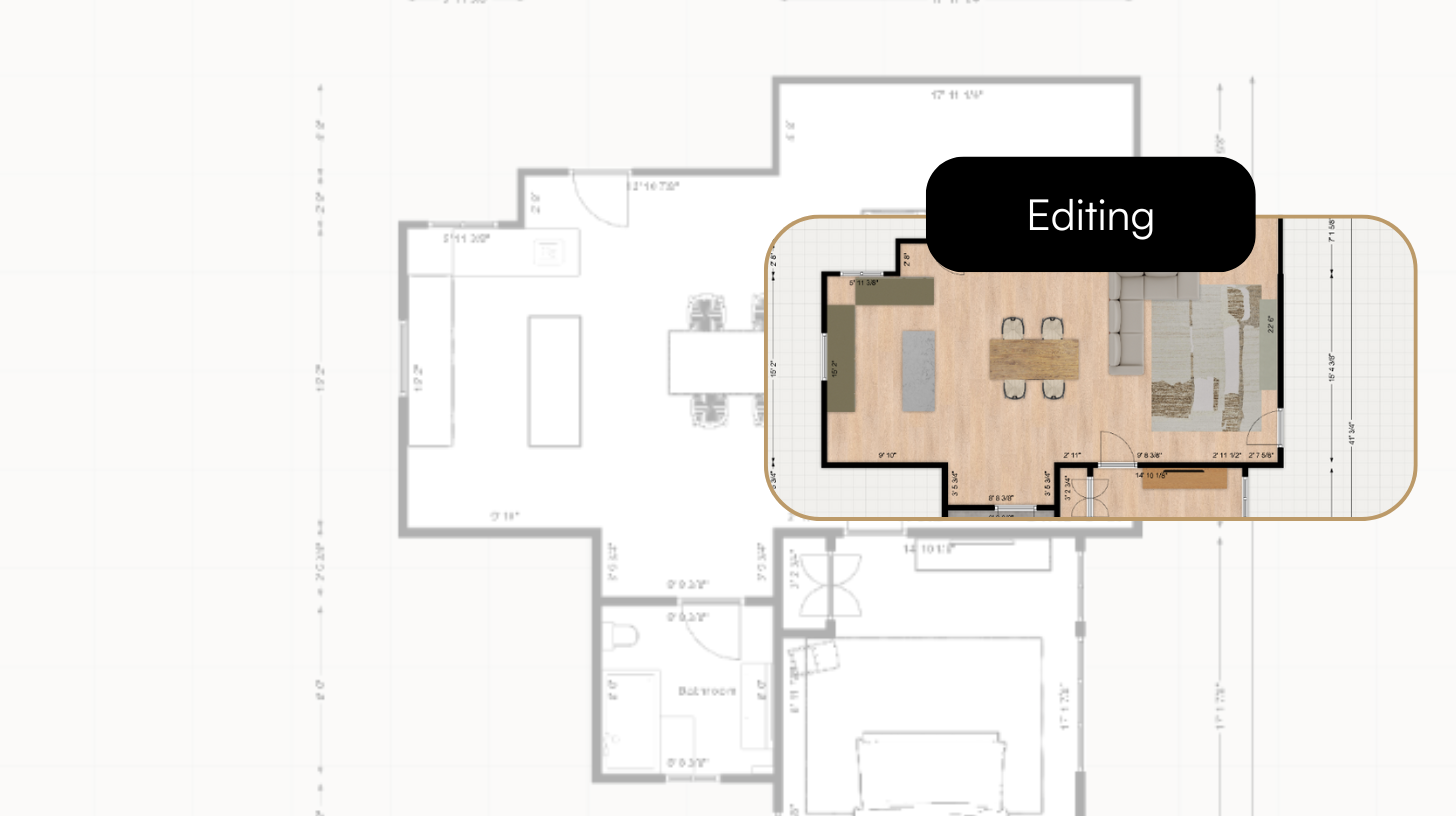
The Benefits of Using Geothermal Technology in Construction
As we look for ways to make our buildings more energy-efficient and sustainable, geothermal technology is becoming an increasingly popular solution. By harnessing the constant temperature of the earth, geothermal systems can provide heating and cooling to buildings in an environmentally friendly and cost-effective way. Let's take a closer look at how geothermal technology works, and why it's becoming such a popular choice in the construction industry.
The Science Behind Geothermal Technology
Geothermal technology is based on the simple principle that the temperature of the earth stays relatively constant at a depth of a few feet below the surface. This means that we can use the earth as a source of heat in the winter, and as a sink for unwanted heat in the summer.
There are two main types of geothermal systems: closed-loop and open-loop. In a closed-loop system, a fluid is circulated through underground pipes, absorbing heat from the earth in the winter and transferring it to the building. In the summer, the process is reversed, and the building's excess heat is absorbed by the earth. Open-loop systems, on the other hand, draw heat directly from underground water sources, like hot springs or aquifers. These systems are typically used in areas with abundant and accessible water sources, but they can be more expensive to install and maintain.
The Advantages of Geothermal Technology
One of the biggest benefits of geothermal technology is energy efficiency. In fact, geothermal systems can reduce energy consumption by up to 50% compared to traditional heating and cooling systems. That means lower operating costs for building owners and occupants, and a smaller carbon footprint for the building as a whole.
Another advantage is the reduced environmental impact. Unlike traditional heating and cooling systems that rely on fossil fuels, geothermal systems don't produce any greenhouse gas emissions. This makes geothermal technology a more sustainable choice, and helps to reduce the overall carbon footprint of the building.
The Power of Generative AI in Geothermal Design
Generative AI is playing a big role in the evolution of geothermal technology. By using simulations and algorithms, generative AI can help architects and engineers optimize the design of geothermal systems for any given building and site. For example, generative AI can be used to determine the optimal location and depth for underground pipes, as well as the best type of fluid to use in the system.
Generative AI can also help designers integrate geothermal technology into the overall design of the building in a way that maximizes energy efficiency. By analyzing factors like the orientation and shading of the building, as well as its energy consumption patterns, generative AI can suggest the best location for geothermal energy collectors.
As the demand for sustainable and renewable energy sources continues to grow, the use of generative AI in geothermal design will likely become increasingly important. By using simulations and algorithms, architects and engineers can design the most efficient and cost-effective geothermal systems possible.
The Impact of Geothermal Technology on Architecture
The use of geothermal technology can also have a big impact on the architecture of a building. For example, by taking advantage of natural ventilation and daylighting, buildings can reduce their reliance on artificial lighting and cooling. This leads to more comfortable and healthy indoor environments for building occupants.
Geothermal technology can also be incorporated into the design of a building in a visually appealing way. For example, ground-coupled heat exchangers can be integrated into the facade of the building, creating a unique and energy-efficient design feature.
We can see examples of the impact of geothermal technology on architecture all around the world. The National Aquatics Center in Beijing, for instance, uses a massive geothermal system to heat and cool the building. And the Apple Park headquarters in Cupertino, California, showcases the integration of geothermal technology into a building's design, using it to provide heating and cooling to the entire campus.
The Future of Geothermal Technology in Construction
As the demand for sustainable and renewable energy sources continues to grow, the use of geothermal technology in construction will likely become increasingly widespread. And with the help of generative AI, the design of geothermal systems will continue to improve and become more energy-efficient.
So if you're looking for an environmentally-friendly and cost-effective way to heat and cool your building, geothermal technology is definitely worth considering. Whether you're designing a new building from scratch or retrofitting an existing one, geothermal technology can provide a sustainable and energy-efficient solution for your heating and cooling needs.
Conclusion
In conclusion, the use of geothermal technology in construction techniques can bring numerous benefits to building owners, occupants, and the environment. By taking advantage of the constant temperature of the earth, geothermal systems can provide heating and cooling in a sustainable and cost-effective way. And with the help of generative AI, architects and engineers can design the most energy-efficient and visually appealing geothermal systems possible. So let's embrace this innovative technology and continue to push the boundaries of sustainable construction.










